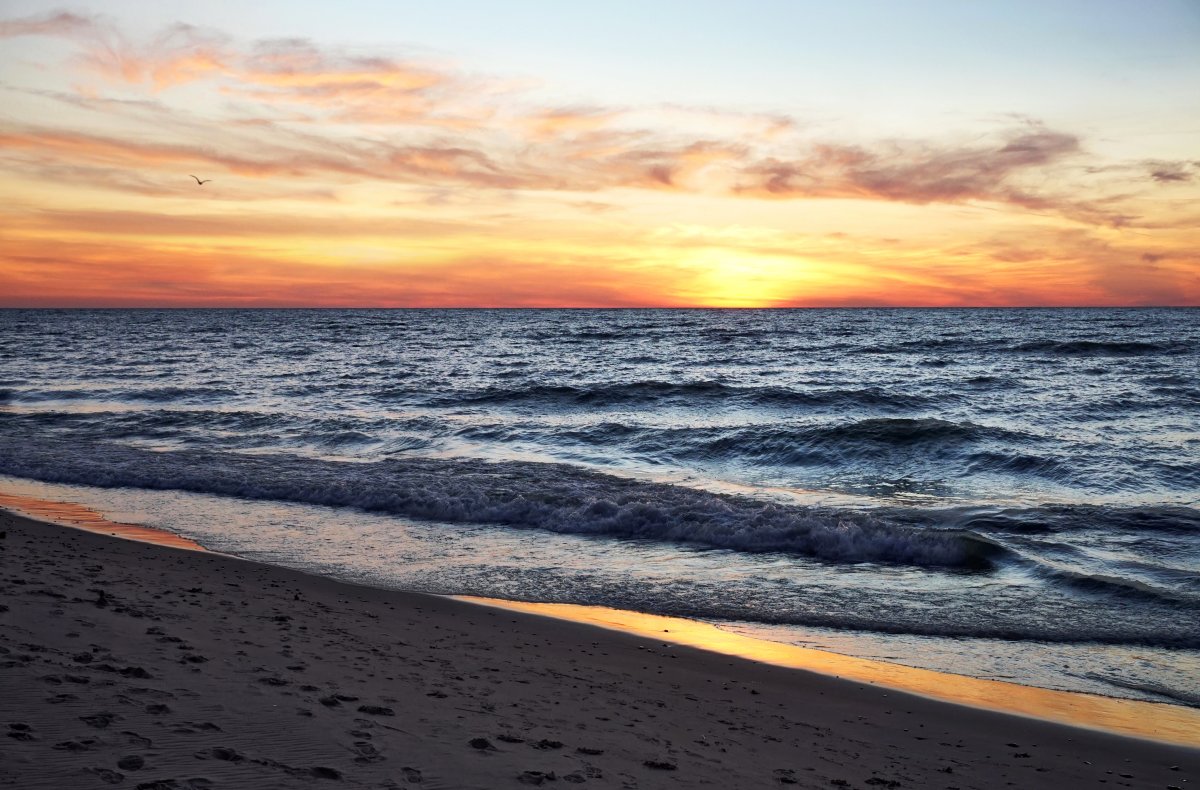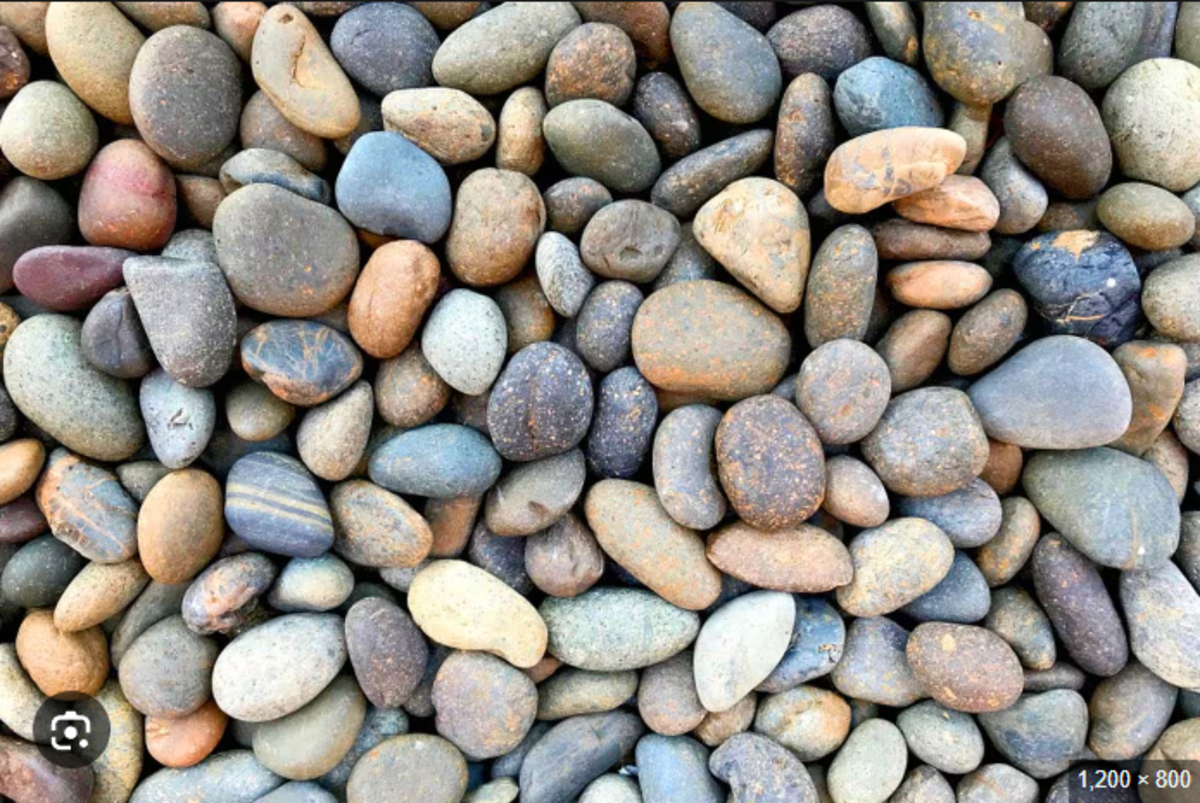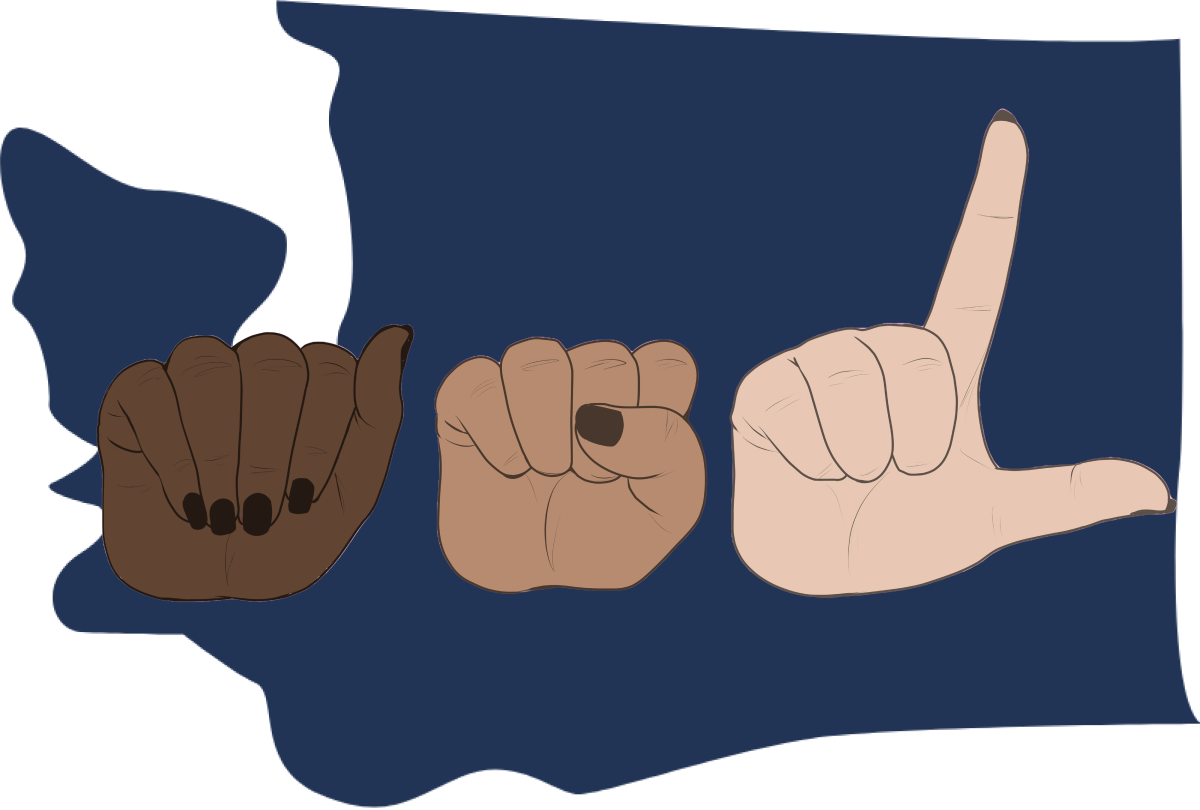How to Learn About Rocks
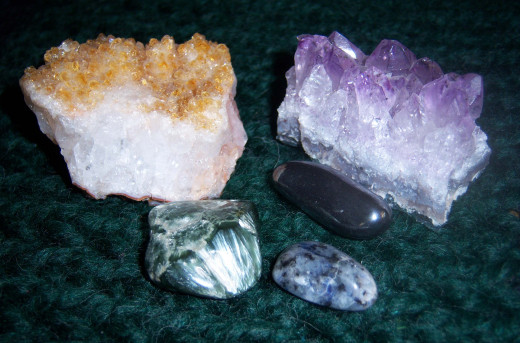
Have you ever wondered how your part of the world was formed? Do you wonder what the stones are in the pendant someone gave you? You don’t need to spend a lot of money on college classes to learn about rocks and how they were formed.
There are resources are all over the place, but it can take a little looking to find them. With some determination, observation and imagination, you can broaden your knowledge of the planet which sustains us all.
Library
Go to your local library, you’ll find quite a few books about geology and rocks. The subject is fascinating, because geology is the history of the planet we live on. Each rock holds its own story and you’re not alone in wanting learn about that which makes up the backbone of our planet.
The library most likely has many books available on the subject, which contain guides on rock identification and other tips on the subject.
Your library might also offer classes about geology and rock identification at little or no cost.
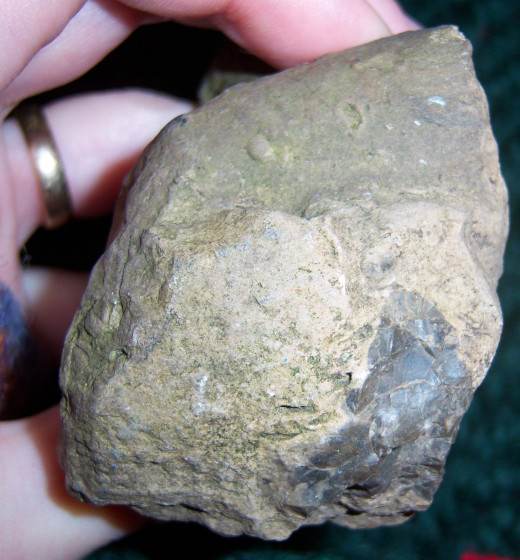
Internet
The Internet is another valuable resource. There are countless web pages available with information about types of rocks, their metaphysical or religious meanings, and pictures of different types of rocks, both precious and not.
YouTube specifically has a number of channels dedicated exclusively to educating their audience in an entertaining way. There are videos about the mechanics behind the movement of tectonic plates, how individual rocks are formed, stone identification and even how to tumble or polish your rock collection.
If you're active on social media, you can also use hash-tags to search for opportunities for further information and as a way to connect to people with similar interests.
When searching the web, look up specific qualities of the stones you may be trying to identify, like color, where you found it and interesting variations. When it comes to learning about the geology of a specific area, it helps to research why people settled there in the first place, the industries it supported and how the land itself was formed.
Upstate Minnesota, for example, has high iron ore content, which makes it a big iron producer. It was also formed by volcanoes, so in addition to hematite and other high iron stones, you find a lot of volcanic rock.
I discovered that after vacationing by Lake Superior, and looking up the types of stones I found up there. After learning about its role in iron production, I learned about the hematite presence.
Community Ed and Community College Classes
You don’t need to go to an expensive university to take classes in geology or rock identification. Your city may have community education classes available, and many community colleges do as well. The geology course I took at a local community college years ago was very good and full of interesting information. I still have the textbook, and occasionally refer back to it when I get curious about something.
You should be able to find out more information from school and county web pages. Printed programs may also be available if you call your local town hall or the community college you're interested in.
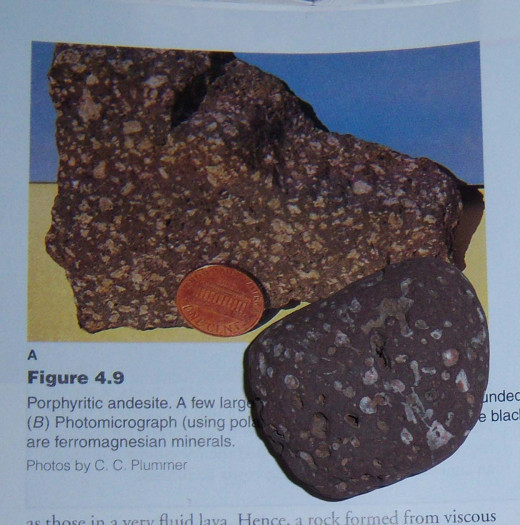

Small Local Businesses
There may be a fossil shop in your area, too. Because archaeologists often use the soil surrounding the fossils may find to establish the age, your local fossil shop may have access to books and further resources for you to check in to.
When you go there, you’ll be supporting the value of ongoing education, and if it’s locally owned, supporting small business as well.
If you're interested in spiritual and metaphysical uses of crystals and stones, you may be able to find just what you're looking for at your local New Age bookstore. Many of these small shops offer classes lead by spiritual leaders or people who have done extensive research on the topics at hand.
Almost every religion has assigned meanings to certain stones and crystals, as well. If you belong to a religious institution, your spiritual leader may be able to help expand your knowledge on the subject.
Local Clubs
If you’re lucky, you may find local clubs that you can join. Meetup.com and other online sites would be good sources to find these clubs.
The local fossil shop may have that information as well. Sometimes, libraries have an index of groups which regularly hold meetings in the area.
Why not put rock facts to song?
Gem and Stone Fairs
Keep up with your event centers, because they will often host gem and stone shows. The distributors are often very knowledgeable about various methods of identifying semi precious stones and others. They may also be knowledgeable about how the stones formed while still in the Earth’s crust.
These sellers may have links to educational resources, and may offer workshops on an independent basis. You may have a few local gem sellers that may be willing to offer tours of their facilities.
Some may be connected to mines open to tourists. The Herkimer Diamond Mines in Herkimer, NY, for example were a great deal of fun to visit as a child. I still have a few of the tiny Herkimer 'Diamonds', which are actually uniquely formed quartz crystals, from when my family had visited years ago.
Hiking Trips with Rock Guides
Next time you go hiking, take a guidebook with you and make a game out of identifying different formations and rocks. The natural beauty is stunning to look at as you move and the knowledge of geological history adds to the trip.
Your local state parks may also have guided hikes or displays informing guests about how the local rocks were formed. The new visitor center at Tettegouche State Park in northern Minnesota, for example, has a display about how the cliffs were formed and how they were later shaped by glaciers.
If you don't have a guide handy, or guided tours aren't offered, take pictures of interesting rock formations or stones. When you get home, research the area in which you were hiking, and compare your pictures to those you find in your studies.
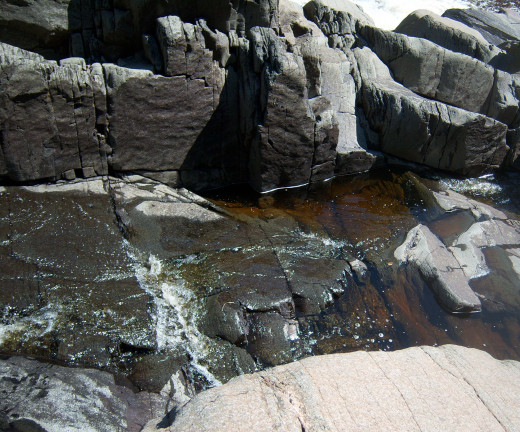
Geology Documentaries
When you’re at home, taken whatever geological documentaries you can. There are a number of interesting ones about volcanoes and a few about the formation of the earth itself.
These are only some options available to almost everyone. As you go through your every day life, keep an eye out for other educational ideas and special rocks.
Since I’ve been collecting rocks for years, now, my husband will sometimes bring me unique rocks he finds when he’s landscaping as gifts.
One of my favorite things about learning about rocks and geology is how hands on it can be. You can learn about it wherever you go, and see the results of hundreds of centuries of history up close.
Learning more about how our planet works, how rocks are formed, used and travel can offer a wonderful sense of fulfillment while offering a unique way of growing closer to the natural world in which we live.
Have you ever studied geology?

© 2013 Emilie Peck



